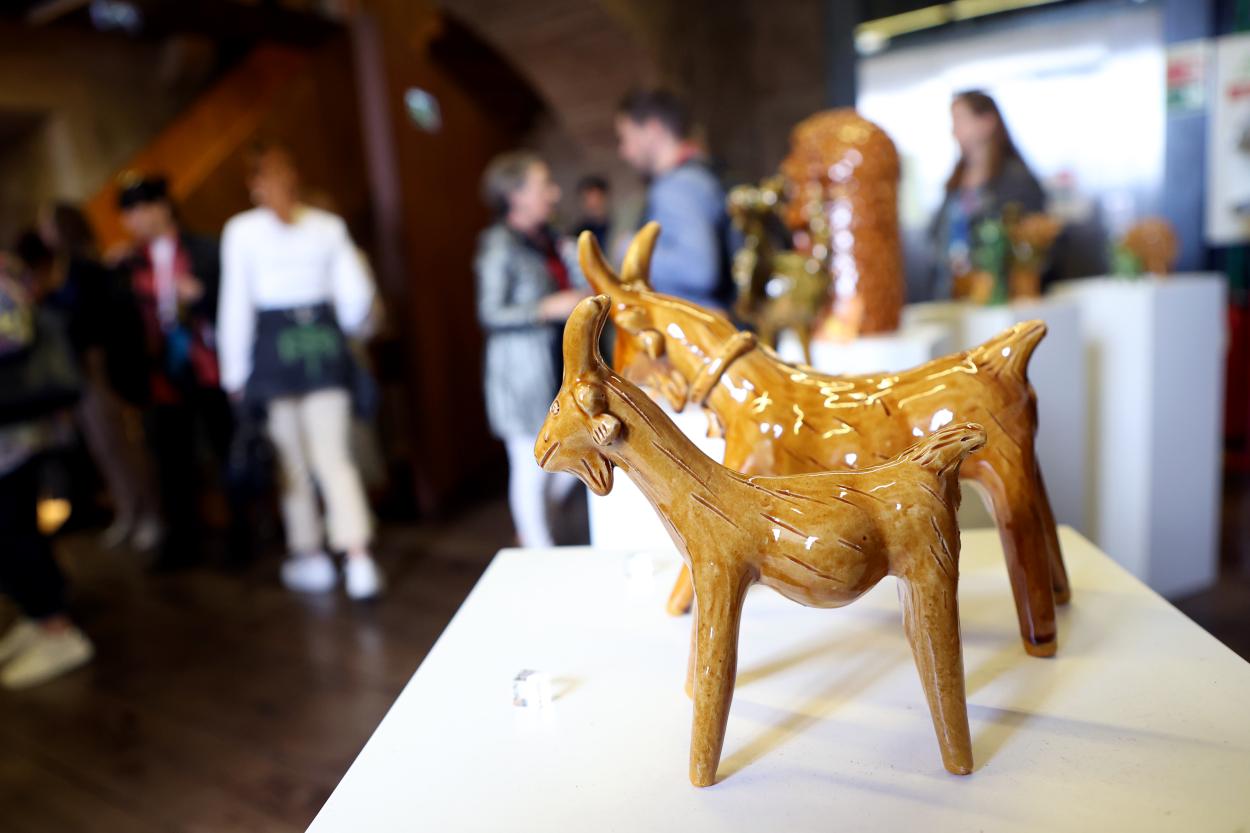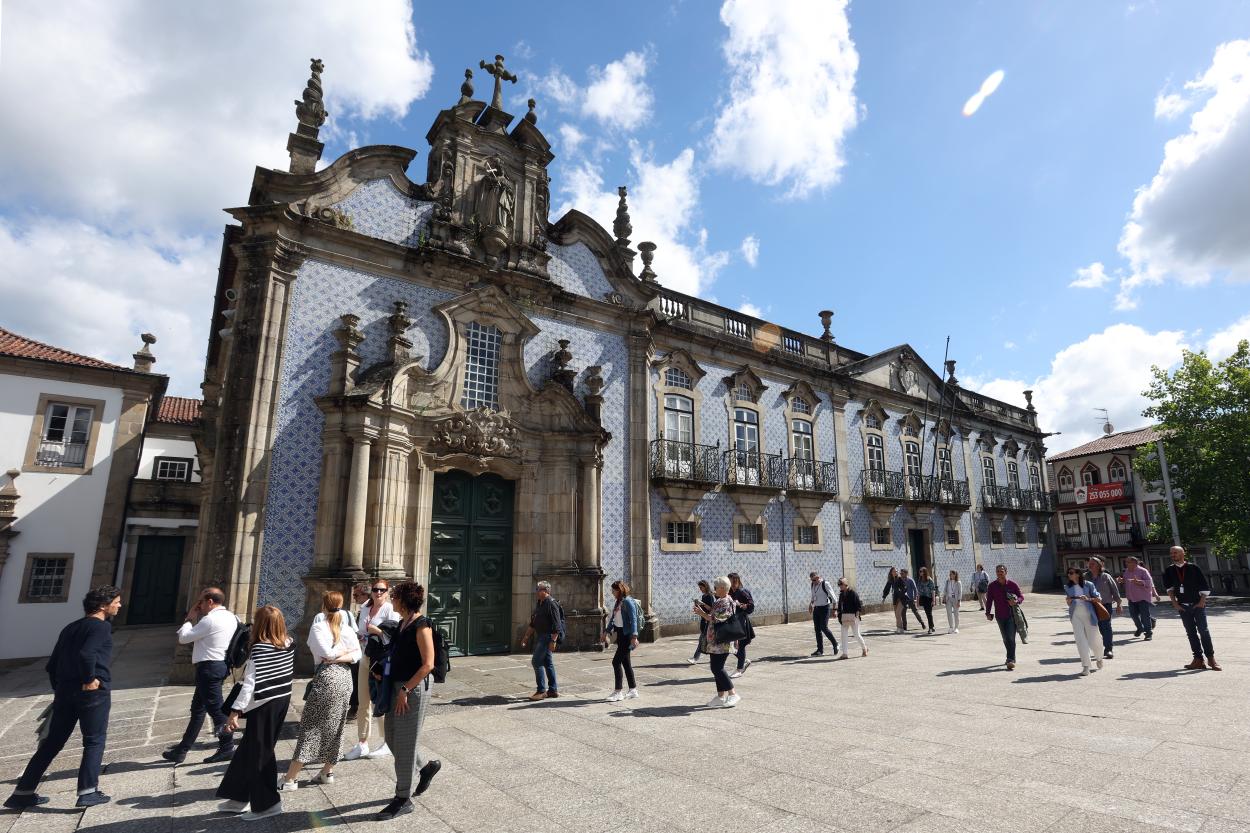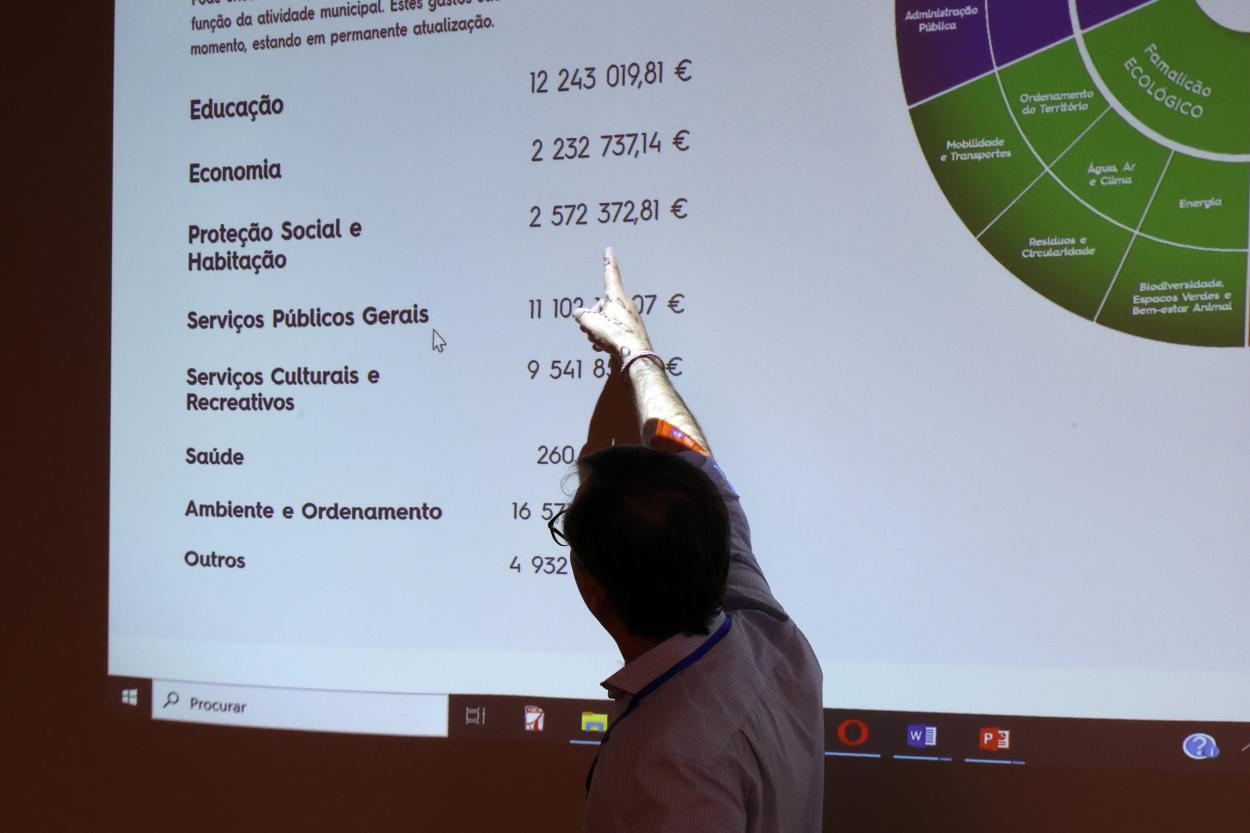Barcelos : Artisans yesterday, engineers tomorrow

Within the Quadrilátero Urbano network, Barcelos has poised itself as the city of artisans and handicrafts. Their strategy takes a holistic approach to maintaining an identity as an artisan capital. For years, the city has been known for its thriving market where farmers and craftsmen alike can sell their wares in the city centre. Now a part of the UNESCO Creative Cities Network, the city is working to preserve traditional skills but decision makers understand the need to value craftsmanship in a tangible way.
Spaces like the house of Rosa Ramalho and the Museum of Pottery elevate folk tradition while their artisan centre provides training for the next generation of makers. The city’s Polytechnic Institute, IPCA, attracts a youthful population and proposes cutting-edge programs in design and textiles. Understanding that young people need to carry on traditions and reinvent them, the city proposed the creation of this design programme where students learn how to combine technological and artistic know-how. Barcelos city councilor Elisa Braga invokes the notion of “placekeeping” for the city, maintaining the roots of heritage all while making those traditions relevant.
A urban and social lab blossoms in Guimarães

Guimarães likely has the most difficult existential challenge out of the four cities in Quadrilátero Urbano. A city identified with the birth of the nation and with a city centre on the UNESCO World Heritage register, Guimarães could have easily decided to build its future on past glory. Achieving UNESCO status inspired Guimarães to focus on reinvention. Rather than telling stories about buildings and people in history books, Guimarães is telling a new story built around social innovation and the city’s artisan and historical heritage.
As explained by Guimarães City Councilor Paulo Lopes Silva, the Bairro C programme “Paths of Culture and Creativity” offers a new pathway for articulating the city’s identity, acting as an urban laboratory to create new relationships between the city, artists and the community. The neighborhood aims to be carbon neutral and the four “C”’s of the programme are: Culture (Cultural Programming), Conhecimento (Knowledge: Conferences and Publications), Creativity (Public Art and Urban Art) and Community (Cultural Mediation and Community Projects). For the city of Guimaraes, the city centre is the perfect testing ground for innovative approaches. The unique urban and social context in the historic centre allows for citizen-led experimentation before deploying new strategies like energy communities or more sustainable waste management programmes at a city level.
In Famalicão, it pays to B-SMART

The full name of the city of Famalicão is “The New City of Famalicão”. Inspired by similar “new town” schemes in the United Kingdom and France, this planned city sprung up in the later half of the 20th Century and features a thoroughly modern city centre devoid of the characteristic Portuguese azulejos tiles so common in the region. In Quadrilátero Urbano, it’s an undeniable fact that when compared to its three other partner cities, in the case of Famalicão, history does not provide much source material. Fortunately, this dearth of heritage does not pose a problem for a place forming its identity around tech and a smart city strategy. For Francisco Jorge, Famalicão Head of Funding, “Identity is not what we are or were, it’s [also aspirational] where you want to go.” Famalicão is an industrial city, not a UNESCO heritage city and that is unabashedly their identity, an identity that values green policy, technology, connection and civic participation.
The B-Smart Famalicão initiative exemplifies the philosophy of the city and integrates the categories of Mobility, Governance, Quality of Life, Economy and Human Experience to generate a practical and transparent smart city model made-to-order for their specific needs. As explained by Vítor Moreira and Edgar Azevedo, the city offers three ways to integrate data: reports submitted by citizens, publicly managed software generated by an API (Application Programming Data) and images from monitoring devices. The Famalicão B-SMART team is then able to compare local data to national data, identify potentially dangerous situations and provide information about public spending. For example, in the health portal, the data shows that 37% of people admitted to the local hospital received a low-risk green bracelet. Such cases could be better directed to a pharmacy or para health professional and save valuable resources for the city. Their program updates automatically to show city spending in real time, offering transparency and useful information for citizens or potential investors. After an initial startup period, the platform is ready to go and provides a one-stop shop to gather information about the city and participate in its improvement.
Braga, a new religion of cultural policy
All mid-size and smaller cities with under 200,000 people, the four members of Quadrilátero Urbano are developing in relative proximity (under 1 hour by car) to Porto, which has been booming with influx of tourism and foreign businesses. The rather tired old Portuguese saying, “Porto, trabalha – Braga, reza” or “Porto works, Braga prays”, labels Braga as a city of churches and religious fervor. In an effort to counterbalance and modernise this rather pious image, the city has invested its efforts in becoming a vibrant Portuguese capital of culture, youth and nightlife.
Announced at the 2024 UNESCO Annual Conference of the Creative Cities network in Braga, the Braga Manifesto proclaims the city’s commitment to becoming a leading Global and European Creative City, placing culture at the core of its sustainable development strategy. With an ambitious albeit unsuccessful bid to become European Capital of Culture in 2027, in 2025, Braga will take on the role of Portuguese Capital of Culture. During the third Cities@Heart transnational meeting, Joana Fernandes, Braga 25 Teatro Circo Executive Administrator explained Braga’s that cultural strategy isn’t just about history, it’s also about storytelling: highlighting youth initiatives, digital technology and the cultural contributions of inhabitants, namely, of the multicultural lusophone communities who have recently made the city their home.
Difference as the key to resilience
Behind the thick 12th Century walls common in Guimarães it is easy to lose all contact with the outside world as cell phone reception becomes spotty. In Famalicão a robust homemade smart city model provides real-time tracking of services and potential public health risks such as the presence of invasive Asian hornet nests. Amid these contrasts, it’s clear, each city has something different to offer. All the cities in Quadrilátero Urbano have a strong identity. Their challenge is to work together to create an attractive pole north of Porto capable of competing with bigger cities.
According to Joana Fernandes, “small and medium cities are the backbone of Europe.” For Fernandes, “Identity is not something encapsulated in time, it’s always evolving and forever changing.” On the second day of the Cities@Heart Transnational meeting in Braga, Cities@Heart organised a round table with the four cities asking the questions: How to keep the balance and develop a healthy sense of identity in city centres? By working together on their own distinct strategies, the cities of Quadrilátero Urbano can prevent brain-drain and attract sustainable investment, making northwest Portugal a competitive hub for innovation, heritage preservation and culture.
In June 2024, the URBACT Cities@Heart network organised their third transnational meeting in the four cities of Quadrilátero Urbano, Portugal. The meeting aimed to focus on the issues of identity and new models of supply.


